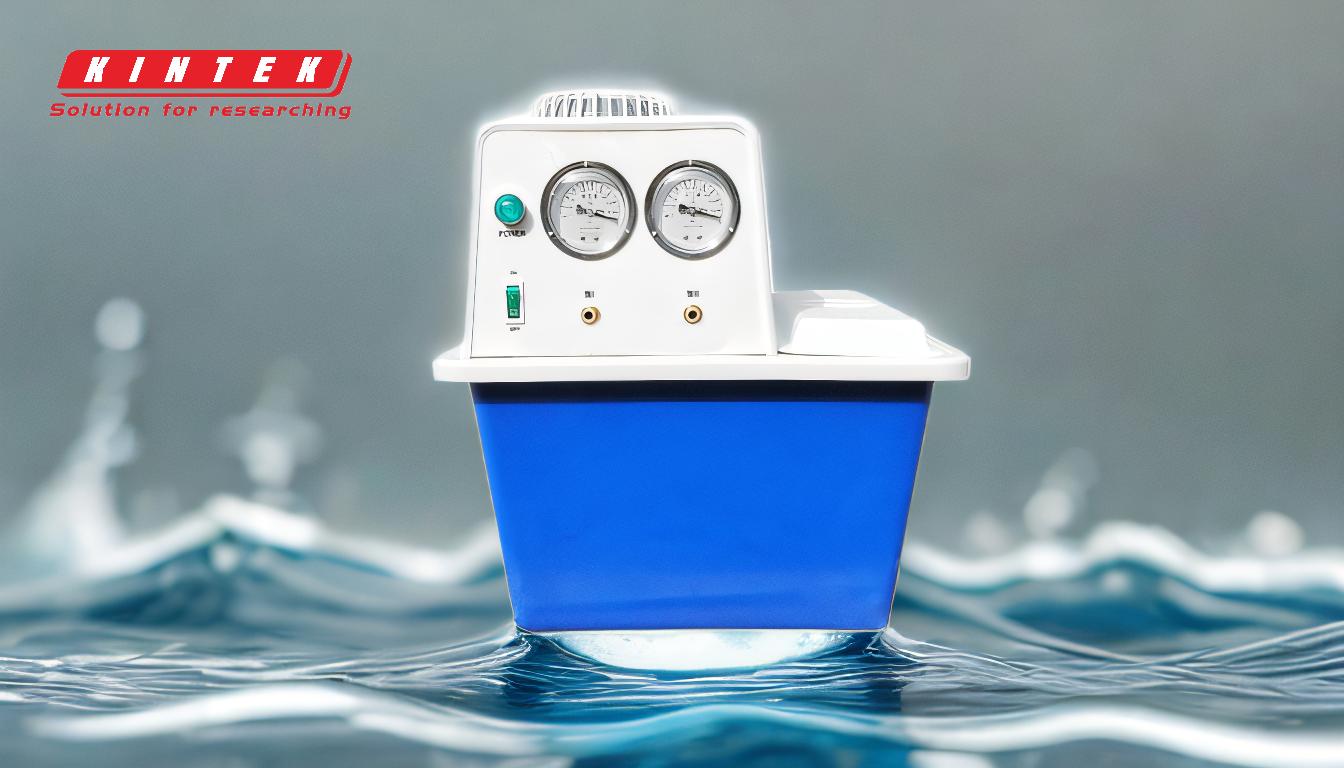Vacuum pumps are essential devices used in various industries and laboratories to create a vacuum by removing gas molecules from a sealed volume. They are categorized into five main types based on their operating principles and applications: liquid ring vacuum pumps, diaphragm vacuum pumps, rotary vane vacuum pumps, turbomolecular vacuum pumps, and scroll vacuum pumps. Each type has unique characteristics, advantages, and specific use cases, making them suitable for different tasks such as filtration, degassing, evaporation, and creating controlled environments. Understanding the differences between these pumps helps in selecting the right one for specific applications.
Key Points Explained:

-
Liquid Ring Vacuum Pumps
- These pumps use a rotating impeller inside a cylindrical casing filled with liquid, typically water. The centrifugal force creates a liquid ring that compresses and displaces gas, creating a vacuum.
- Advantages: They are robust, handle wet or dirty gases, and are suitable for applications requiring moderate vacuum levels.
- Applications: Commonly used in chemical processing, food packaging, and power generation industries.
-
Diaphragm Vacuum Pumps
- These pumps operate using a flexible diaphragm that moves back and forth, creating a vacuum by expanding and contracting the pump chamber.
- Advantages: They are oil-free, maintenance-free, and provide clean vacuum environments, making them ideal for sensitive applications.
- Applications: Widely used in laboratories for filtration, evaporation, and degassing processes.
-
Rotary Vane Vacuum Pumps
- These pumps use rotating vanes inside a cylindrical chamber to trap and compress gas, creating a vacuum.
- Advantages: They offer high pumping speeds and can achieve deep vacuum levels.
- Applications: Suitable for industrial processes like vacuum drying, degassing, and freeze-drying.
-
Turbomolecular Vacuum Pumps
- These pumps use high-speed rotating blades to transfer momentum to gas molecules, creating a high vacuum.
- Advantages: They provide ultra-high vacuum levels and are contamination-free.
- Applications: Essential in research laboratories, semiconductor manufacturing, and space simulation chambers.
-
Scroll Vacuum Pumps
- These pumps use two spiral-shaped scrolls, one stationary and one orbiting, to compress and trap gas, creating a vacuum.
- Advantages: They are oil-free, quiet, and provide a clean vacuum environment.
- Applications: Used in laboratories for applications like vacuum ovens, freeze dryers, and analytical instruments.
By understanding the unique features and applications of each type of vacuum pump, users can make informed decisions to meet their specific needs.
Summary Table:
| Type | Advantages | Applications |
|---|---|---|
| Liquid Ring Vacuum Pumps | Robust, handles wet/dirty gases, moderate vacuum levels | Chemical processing, food packaging, power generation |
| Diaphragm Vacuum Pumps | Oil-free, maintenance-free, clean vacuum environments | Laboratories (filtration, evaporation, degassing) |
| Rotary Vane Vacuum Pumps | High pumping speeds, deep vacuum levels | Industrial processes (vacuum drying, degassing, freeze-drying) |
| Turbomolecular Vacuum Pumps | Ultra-high vacuum levels, contamination-free | Research labs, semiconductor manufacturing, space simulation |
| Scroll Vacuum Pumps | Oil-free, quiet, clean vacuum environment | Laboratories (vacuum ovens, freeze dryers, analytical instruments) |
Need help selecting the right vacuum pump? Contact our experts today for personalized advice!








